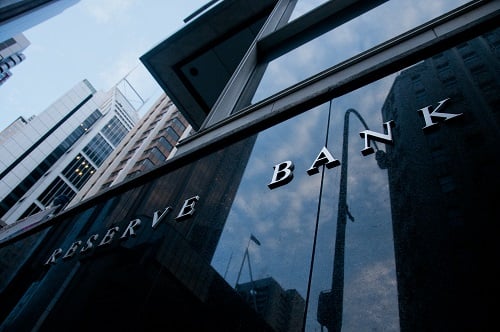Analysts believe another cut could be sooner than we think

Lenders have been cutting their interest rates in line with the Reserve Bank’s decision to drop the national cash rate to a new low yesterday (March 3). Amid concerns of the Coronavirus COVID-19 and the effect the virus is having on global commerce, Governor Philip Lowe cut the rate to 0.50%.
The support of a rate cut was not felt everywhere: 46% of the RBA shadow board felt that the rate should remain unchanged. It noted that weak wage growth and persistently low inflation were strong reasons for this.
So why the move?
In Governor Lowe’s statement, he said the decision was made to support the economy to respond to the global outbreak and that prior to this period there had actually been signs the slowdown of the economy was improving.
He added that the coronavirus had “clouded” the near-term outlook for the global economy, but that inflation remained low almost everywhere and unemployment rates are at “multi-decade” lows in many countries.
Looking at its usual figures, the Australian unemployment rate increased in January to 5.3% and wage growth has remained subdued without signs of lifting. On a positive note, house prices have begun to rise again and mortgage loan commitments have also picked up. Lowe added that demand for credit from investors remains subdued and credit conditions for SMEs remains tight.
While these facts may not have called for a rate cut, the “coronavirus is expected to delay progress in Australia towards full employment and the inflation target”. Lowe said
What now?
There was some concern that banks and lenders would not pass on the cut, but almost immediately Westpac, Homestar Finance and Athena Home Loans made the announcement that they would pass on 0.25% in full to new and existing variable rate customers.
These announcements were then followed by major banks Commonwealth Bank and NAB, and digital bank 86 400. ANZ and other lenders followed suit soon after.
There was speculation ahead of the rate cut that customers should not necessarily expect lenders to pass on these savings. According to research from Finder, from the three rate cuts during 2019 banks passed on only 57 of those basis points to consumers, on average.
For those banks and lenders who have passed on that full rate cut, the average mortgage holder could save $25,000 over 30 years on their mortgage.
As far as future rate cuts go, AMP Capital’s analyst Shane Oliver had predicted this month’s rate cut and says he doesn’t think it will be the only of 2020.
“Growth should rebound in the March quarter but given…we are so far from full employment and the inflation target, the RBA is likely to cut the cash rate again in the months ahead," Oliver said.
The UBS believes there will be another cut as soon as April, due to further global central bank easing. Analysts at UBS suggested this makes the probability of quantitative easing more likely. “If the Coronavirus is unresolved over coming months, then QE would become a base case,” they said.



